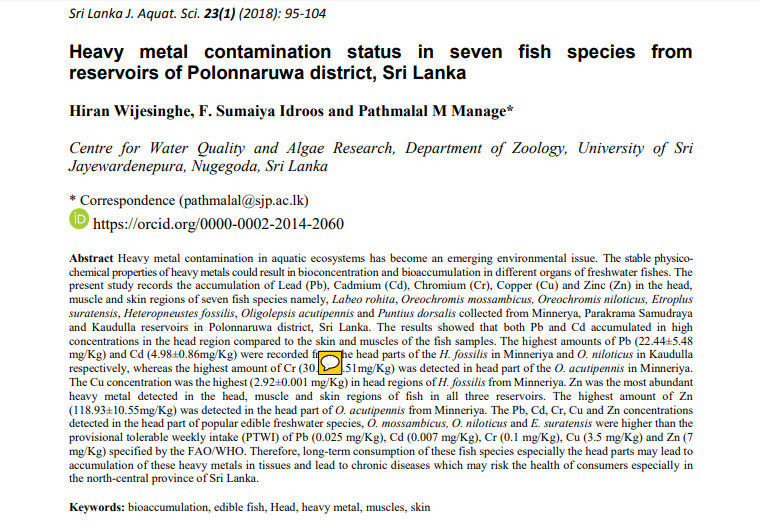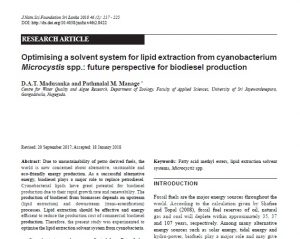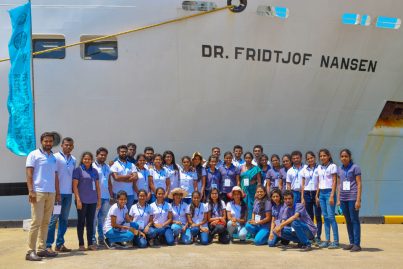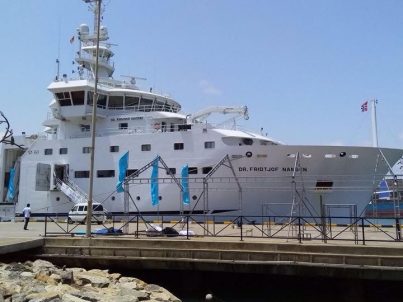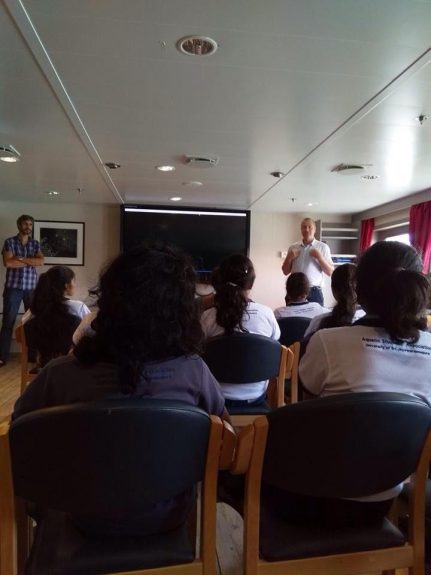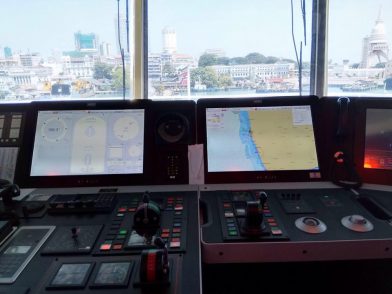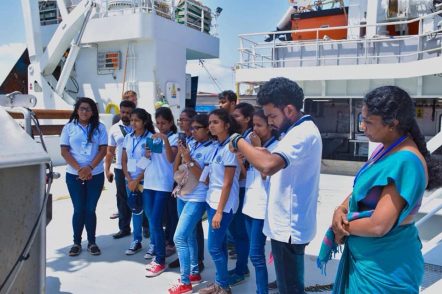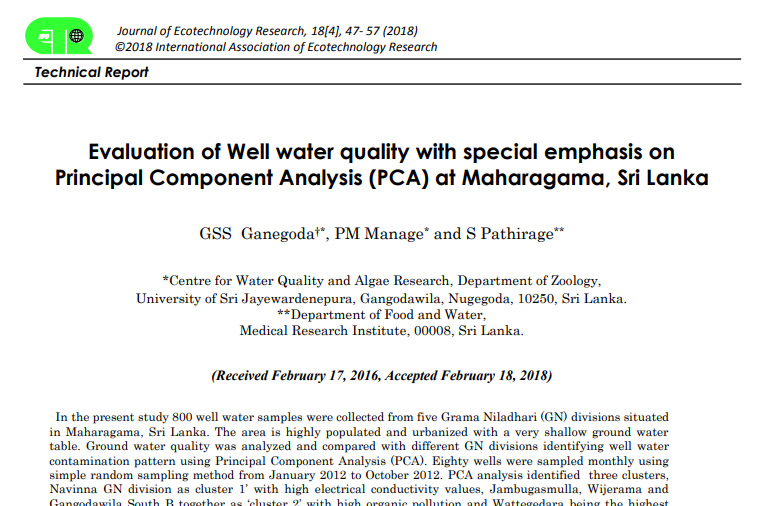Author: Hiran Wijesinghe, F. Sumaiya Idroos and Pathmalal M Manage
Journal: Sri Lanka Journal of Aquatic Sciences
Heavy metal contamination in aquatic ecosystems has become an emerging environmental issue. The stable physicochemical properties of heavy metals could result in bioconcentration and bioaccumulation in different organs of freshwater fishes. The present study records the accumulation of Lead (Pb), Cadmium (Cd), Chromium (Cr), Copper (Cu) and Zinc (Zn) in the head, muscle and skin regions of seven fish species namely, Labeo rohita, Oreochromis mossambicus, Oreochromis niloticus, Etroplus suratensis, Heteropneustes fossilis, Oligolepsis acutipennis and Puntius dorsalis collected from Minnerya, Parakrama Samudraya and Kaudulla reservoirs in Polonnaruwa district, Sri Lanka.
